Bring Your Disc #zipstips

Carry around a frisbee while you walk from class to class or while sitting and watching TV and just mess around with it.
Articles on playing offense

Carry around a frisbee while you walk from class to class or while sitting and watching TV and just mess around with it.
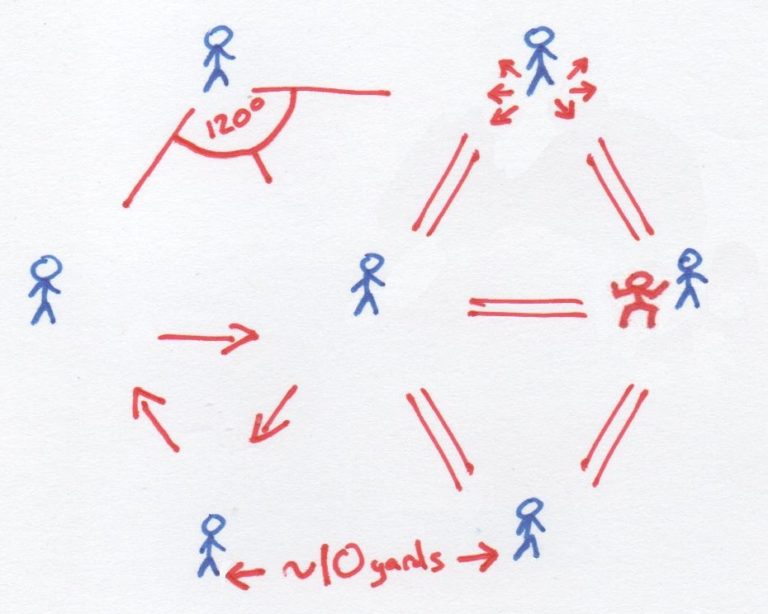
Hex is a new offence which most of your team will not have seen or played before – introducing it can be both fun and exciting, but will certainly come with its challenges. I’ve had experience introducing the offence…

About a month ago, I received an email from an ultimate player. His name is Daniel and he was wondering what offensive and defensive strategies I would suggest for 3 on 3 since he had a tournament coming up and…

About 5 years ago, I was at a practice for the men’s team I was on. We were working on a particular play. What I’ll never forget is how regimental our play practice was. Literally we were working on player…

When I was learning to play Ultimate, I didn’t have a coach, mentor, or Ultimate Rob videos. I had to teach myself the game and whenever my friends learned something new, we’d spread the knowledge with each other. I was…
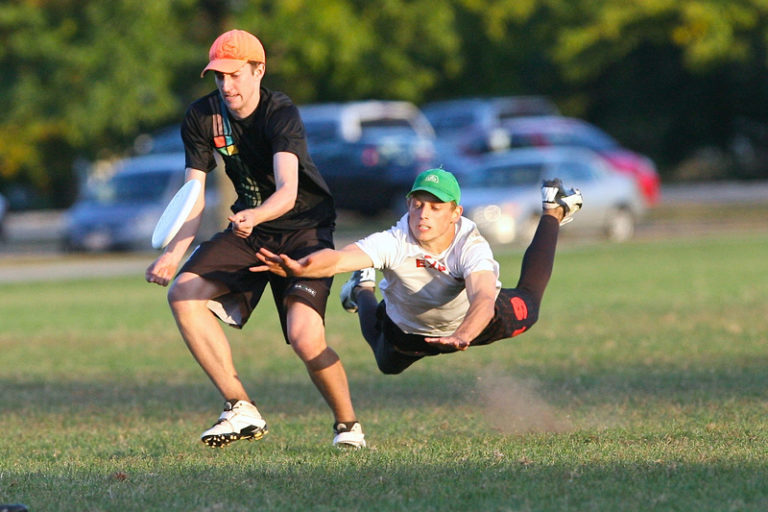
The Basics There is a principle I want to start with here that transcends the position on the field that you’re making your cut (downfield, handler, whatever). This is probably the most important cutting principle anyone can learn: take what…

As an intermediate player I used to wonder why our captains and coaches insist on running the same drills over and over again. Frankly, I found it boring! I assumed drills, like warming up and stretching, was a waste of…
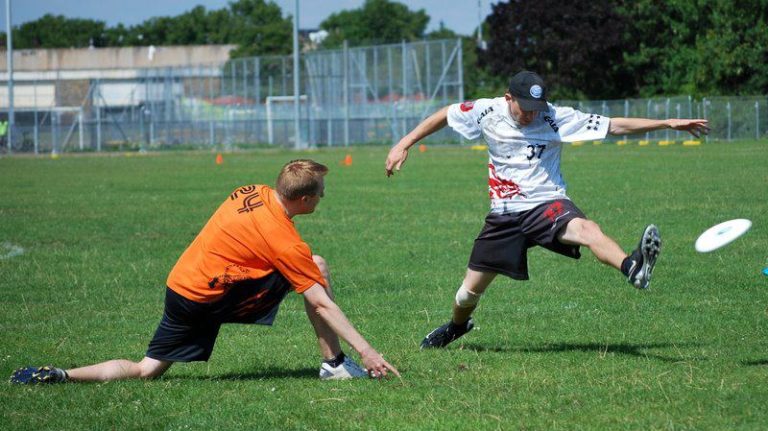
Many of you are familiar with the vertical, horizontal and spread offence but not many of you have heard about the Mexican Offence. It’s relatively new and was developed by Felix Shardlow from Brighton Ultimate in 2012. It’s not for every…

The best way to describe throwing a forehand is comparing it to a vertical jump. As we know, vertical jumping ability is directly influenced by the speed of the force exerted against the ground during a fixed span of time;…

This post was in response to a fan who had a few questions about handling and marking both on offense and defense. Rob, I’m a combination handler/cutter for I just had a few questions about handling against tight marks and…
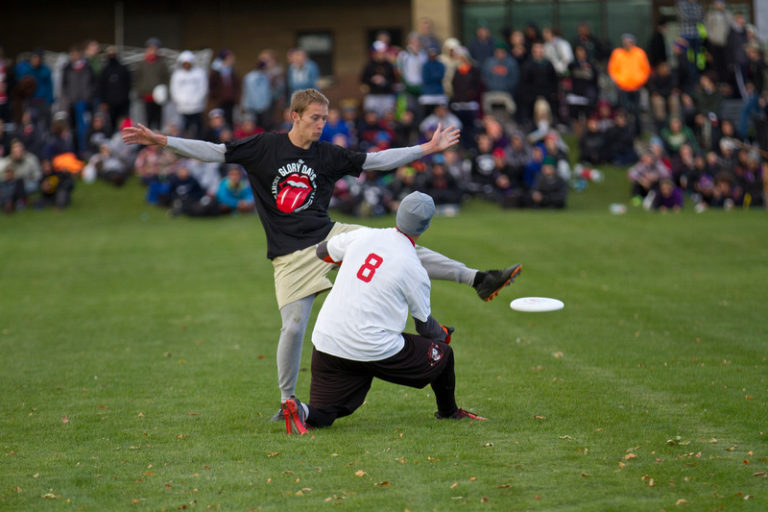
This post was inspired by a question on facebook from one of my fans. Let me know if you have any questions related to o-line handling. Q: Hey bro,could you give me some pointers on how to be an O-Handler?…
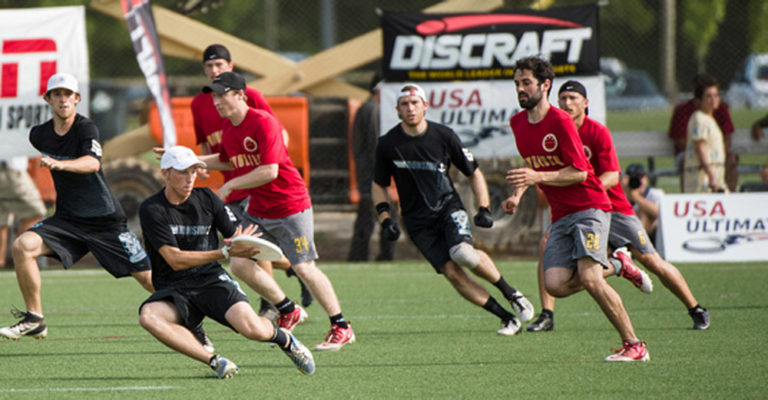
Receiving a pull is an area in which a team should be extremely proficient, as it is an event that occurs hundreds of times over a season. It is a mistake to not take advantage of these moments in which…

The Zen Throwing Routine, developed by Ben Wiggins, is a combination of a group of exercises that he found to help develop his own balance and versatility in throwing.

Kung Fu Throwing is a system developed by Lou Burruss and Mike Caldwell in 2005. He wanted to come up with a structured throwing plan to help developing throwers. As the only two Seattle Sockeye players who lived on Capitol…
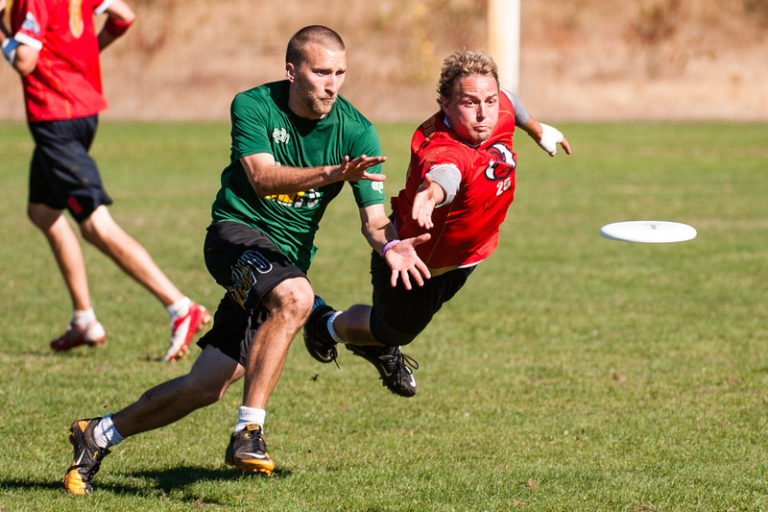
The drill of the week from Playspedia is all about Timing Horizontal Cuts. I find this drill especially useful since running the horizontal correctly is all about cutting to space and this drill will help your players understand where the…

This week’s play of the week from Playspedia is called Storm. This play, used on a brick pull, is really simple yet I feel that it would be quite effective. Since the cutter is striking deep on the break side, the defender…
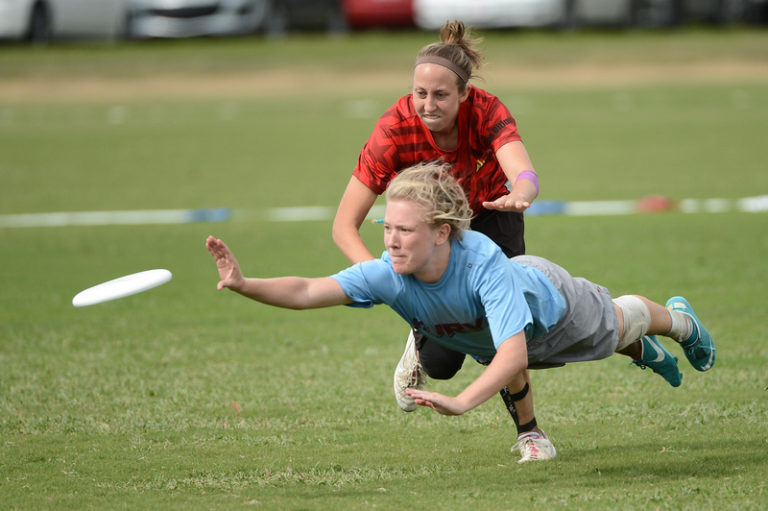
This week’s play of the week from Playspedia is called the Frozen Squirrel. I like it for the name and for it’s ability to score on a zone. The best takeaway from this play is to realize in order to…

Malissa Lundgren, Ultimate Canada’s 2011 Female Athlete of the Year, discusses how the Capitals were more successful after changing their team strategy following their 2009 semi final loss in the UPA Championships to Brute Squad. In 2010, they would go…
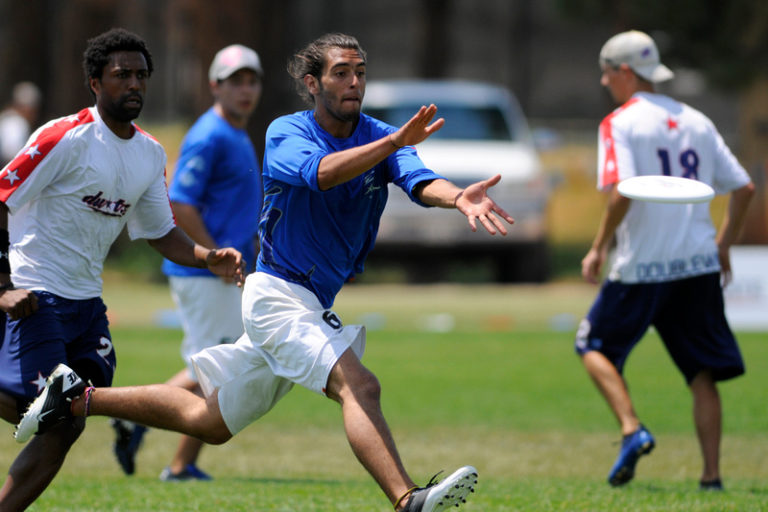
I am going to close the idea of a dynamic vertical with several odds and ends that tie the concepts together. Recognize the strength of your thrower. When your thrower is capable of hucking with precision, delay your strike-cut until…
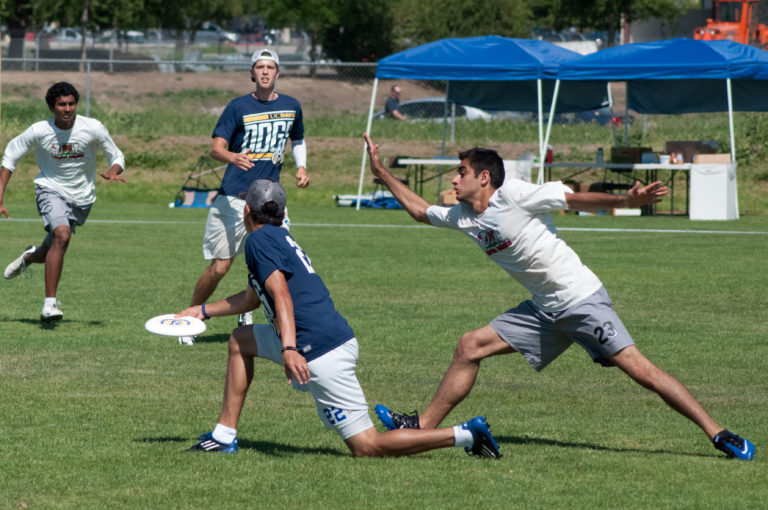
The previous article described using a vertical stack that would shift to a position, within an arbitrary boundary, that was opposite the field position of the disc. The rationale behind the lateral shift is to take advantage of the strengths…
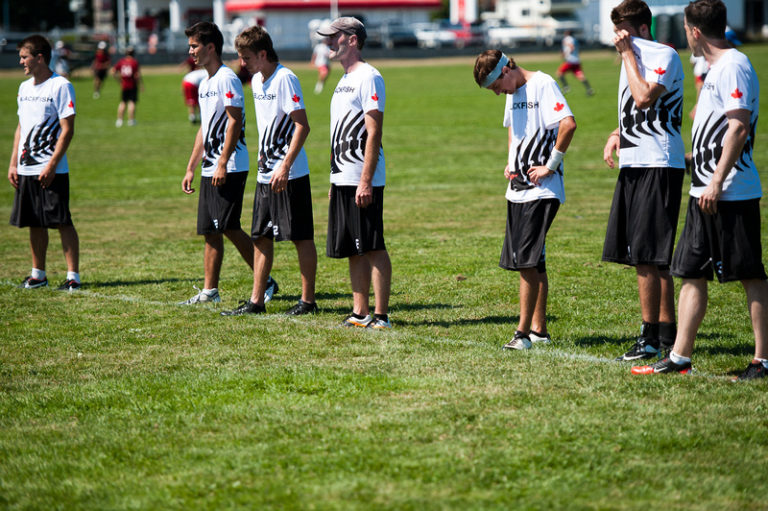
Whether you’re a player, a captain or a coach, you will have invariably dealt with lines – either being called or calling them. I think there are 4 scenarios for calling lines which depend on the type of game you’re…